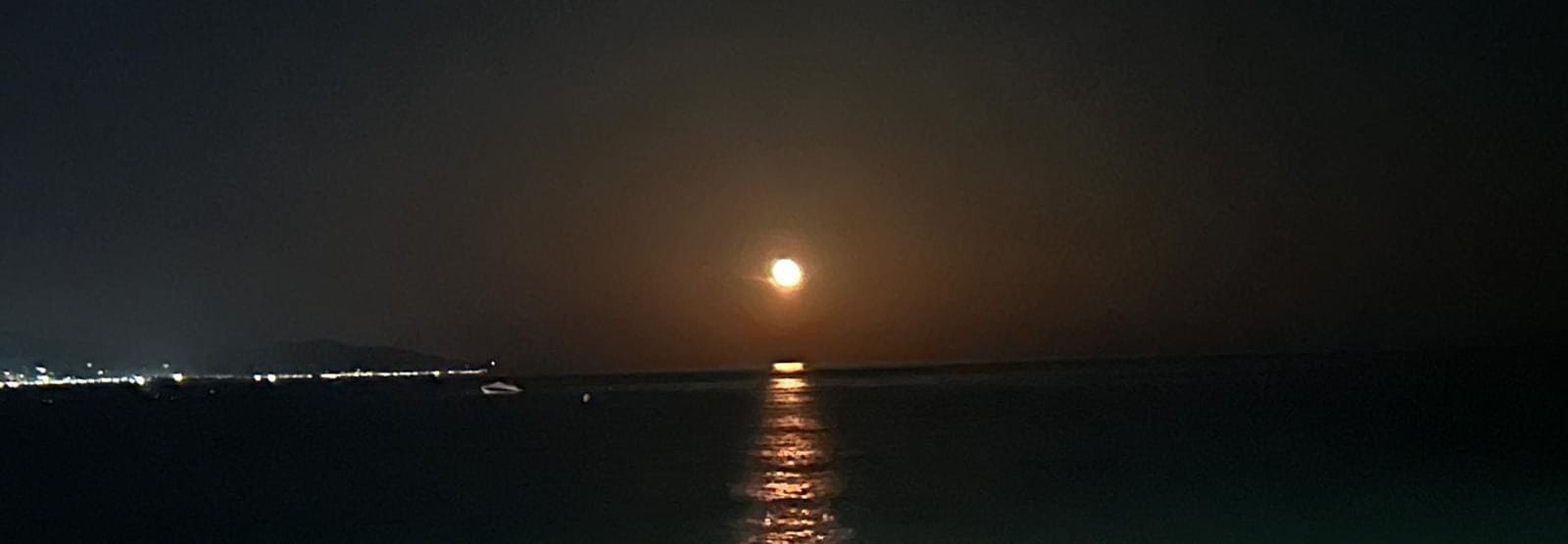
Displacement, Environments and Photo-Politics in the Mediterranean: Migrant Sea
Focusing on the Mediterranean region from 2015 onwards, Displacement, Environments and Photo-Politics in the Mediterranean: Migrant Sea explores photography’s engagement with displacement, a process that denotes the environmental and social breakdown of places and the forced mobility of people.
The ongoing proliferation of photography of the displaced plays a crucial role in shaping opinions, by sensitizing the public to the despair of displacement and also hardening them to the trope through repeated exposure. Through a range of images by both established and amateur photographers, as also ethnographic notes that draw from interviews with actors who are either displaced or working with the displaced, this book questions the extent to which photography opens a space of possibility for the displaced in the face of globally dominant ideological drives that lead to the Anthropocene.

Chapters focus on key aspects of this mass phenomenon, such as the question of crises no longer as exception but as historical process, the lived experiences of protracted relegation to borders and exposure to possible death, the prevalence of domicide and the spread of encampments, and the question of hope for the future.
Reviews
“In this evocative and poignant book, Parvati Nair uncovers stories, recalls memories and explores visual narratives, or what she calls the “photo-politics” of displacement. It is a timely exposure of the precarity of mobility and the complexity of belonging. The focus is on the Mediterranean, the liquid border between North and South, as this site is, once again, a source of much tragedy. Photographs are now ubiquitous with everyday life. However, Nair shows us how they can still shock and reshape our public imagination.”
-- Nikos Papastergiadis, University of Melbourne.
“This wide-ranging and profound book is a parable of our times. It demonstrates lucidly the entanglement of visual dynamics with the pervading issues of the day - climate emergency, displacement and migration - and their defining violence and precarity. The volume’s multi-layered focus on the larger Mediterranean region gives it both a contemporary urgency and a historical depth, so often missing from debates. At the centre is the work of photographs.”
-- Elizabeth Edwards, De Montfort University and University College London.